Canada and the United States have long been cosy trade partners, but that relationship is now tested by US President Trump, who in his first months in office has threatened, paused and reversed tariffs so many times it makes the head spin. …All of this would have been inconceivable 20 years ago, University of BC professor Kristen Hopewell says. And this approach not only will be damaging to the interests of the United States and its major trade partners for years to come, but risks unravelling a system that’s ordered the world economy since the end of the Second World War. It’s more than just topsy-turvy tariffs. Institutions like the World Trade Organization, and its predecessor, the General Agreement on Tariffs and Trade, have defined the rules of trade for nearly a century and helped usher in a period of relative stability and prosperity. And those foundations of trade are now also at stake.



 President Trump’s tariffs on Canada may not be “totally removed” under a future trade agreement, the US ambassador says, but the two countries are on the path toward a stronger relationship. Pete Hoekstra, who serves as Trump’s envoy to Canada, says there are opportunities to secure new economic and security partnerships on the foundation set by Prime Minister Mark Carney’s visit to the White House last week. …“We had a few rough months and those types of things. But we have strong economic ties, we have strong national security ties, we have personal ties. … There is so much to this foundation. …However, Hoekstra said Canada should expect some level of tariffs on its exports under a new trade deal, even a rate lower than the ones it currently faces. He pointed to the new framework with the United Kingdom announced last week.
President Trump’s tariffs on Canada may not be “totally removed” under a future trade agreement, the US ambassador says, but the two countries are on the path toward a stronger relationship. Pete Hoekstra, who serves as Trump’s envoy to Canada, says there are opportunities to secure new economic and security partnerships on the foundation set by Prime Minister Mark Carney’s visit to the White House last week. …“We had a few rough months and those types of things. But we have strong economic ties, we have strong national security ties, we have personal ties. … There is so much to this foundation. …However, Hoekstra said Canada should expect some level of tariffs on its exports under a new trade deal, even a rate lower than the ones it currently faces. He pointed to the new framework with the United Kingdom announced last week.

 Members of the newly formed Provincial Forest Advisory Council are tasked with providing recommendations to government on advancing forest stewardship, while supporting communities and workers that rely on forests. Under the Cooperation and Responsible Government Accord 2025, the B.C. government and BC Green caucus have established the Provincial Forest Advisory Council. The council will provide recommendations to government to ensure there are clear and measurable outcomes that support a healthy forests, healthy ecosystems and a healthy forestry sector. …The council will consult with industry partners, such as the Provincial Forestry Forum and ecological, environmental and biodiversity experts, to engage the public for feedback and honour commitments to work in partnership with First Nations. …The council brings together forestry sector leaders that have been jointly appointed by the BC NDP and Green caucuses. The council will provide an interim report this fall, with a final report expected by the end of 2025.
Members of the newly formed Provincial Forest Advisory Council are tasked with providing recommendations to government on advancing forest stewardship, while supporting communities and workers that rely on forests. Under the Cooperation and Responsible Government Accord 2025, the B.C. government and BC Green caucus have established the Provincial Forest Advisory Council. The council will provide recommendations to government to ensure there are clear and measurable outcomes that support a healthy forests, healthy ecosystems and a healthy forestry sector. …The council will consult with industry partners, such as the Provincial Forestry Forum and ecological, environmental and biodiversity experts, to engage the public for feedback and honour commitments to work in partnership with First Nations. …The council brings together forestry sector leaders that have been jointly appointed by the BC NDP and Green caucuses. The council will provide an interim report this fall, with a final report expected by the end of 2025. 
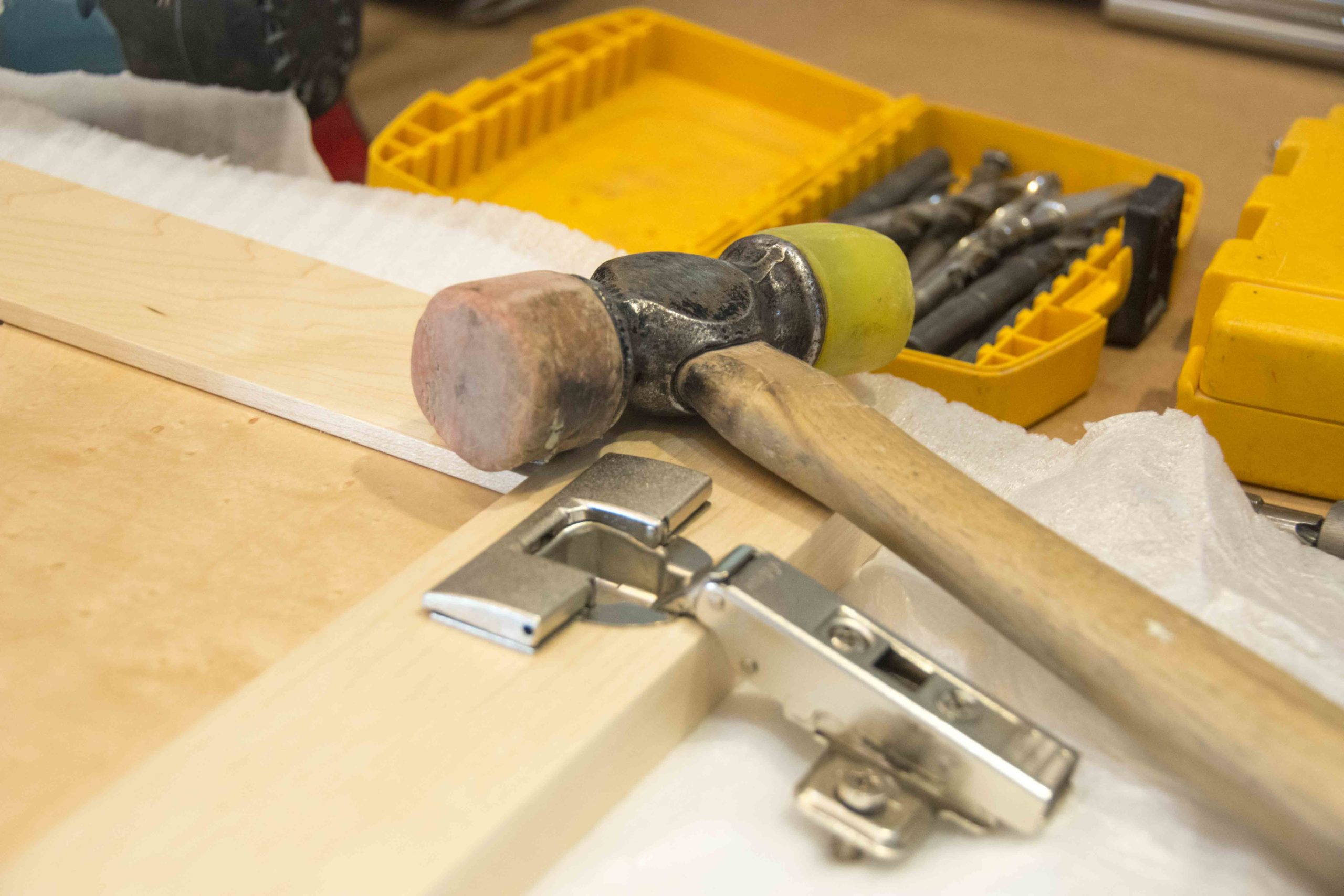 US Representatives Glenn “GT” Thompson (R-PA) and Terri Sewell (D-AL) have introduced the “
US Representatives Glenn “GT” Thompson (R-PA) and Terri Sewell (D-AL) have introduced the “
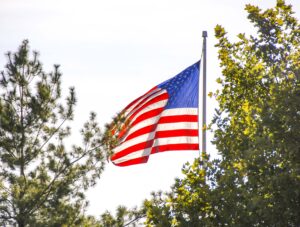 President Trump’s deal to dramatically slash tariffs on China thrilled markets and offered a sliver of relief for businesses across the country. It also revealed an important lesson: Even Teflon Don can’t outrun economic reality. The deal in which both sides agreed to lower tariff rates by triple-digit percentages, came as anxiety mounted about a potential downturn in the US. …The agreement is an acknowledgment that a full-on economic divorce of the US and China would be too painful for both sides. …For U.S. corporations operating across borders, the de-escalation might offer some solace. But the remaining 30 percent tariff added to Chinese goods will cut heavily into profits — and be cost-prohibitive in some sectors. …One former Trump administration official said the meeting between the U.S. and China resulted from pressure on the White House from a variety of industries. …Beijing, too, was watching its economy falter.
President Trump’s deal to dramatically slash tariffs on China thrilled markets and offered a sliver of relief for businesses across the country. It also revealed an important lesson: Even Teflon Don can’t outrun economic reality. The deal in which both sides agreed to lower tariff rates by triple-digit percentages, came as anxiety mounted about a potential downturn in the US. …The agreement is an acknowledgment that a full-on economic divorce of the US and China would be too painful for both sides. …For U.S. corporations operating across borders, the de-escalation might offer some solace. But the remaining 30 percent tariff added to Chinese goods will cut heavily into profits — and be cost-prohibitive in some sectors. …One former Trump administration official said the meeting between the U.S. and China resulted from pressure on the White House from a variety of industries. …Beijing, too, was watching its economy falter. The US Endowment for Forestry and Communities is proud to partner with the US Forest Service to support the backbone of sustainable forest management—wood products manufacturers. …Endowment staff joined colleagues from the US Forest Service to visit several facilities benefitting from the Wood Products Infrastructure Assistance funding, a component of the Wood Innovations Program. One notable stop was Shasta Green, a family-owned logging and sawmill operation in Burney, California. With support from the program, Shasta Green has been able to upgrade sawmill equipment and modernize kiln controls. …The Endowment and the Forest Service are also offering technical assistance through the Wood Manufacturing Facility Assistance Program. This initiative is designed to help existing manufacturers improve operations, remain competitive, and continue contributing to forest stewardship and community well-being.
The US Endowment for Forestry and Communities is proud to partner with the US Forest Service to support the backbone of sustainable forest management—wood products manufacturers. …Endowment staff joined colleagues from the US Forest Service to visit several facilities benefitting from the Wood Products Infrastructure Assistance funding, a component of the Wood Innovations Program. One notable stop was Shasta Green, a family-owned logging and sawmill operation in Burney, California. With support from the program, Shasta Green has been able to upgrade sawmill equipment and modernize kiln controls. …The Endowment and the Forest Service are also offering technical assistance through the Wood Manufacturing Facility Assistance Program. This initiative is designed to help existing manufacturers improve operations, remain competitive, and continue contributing to forest stewardship and community well-being.


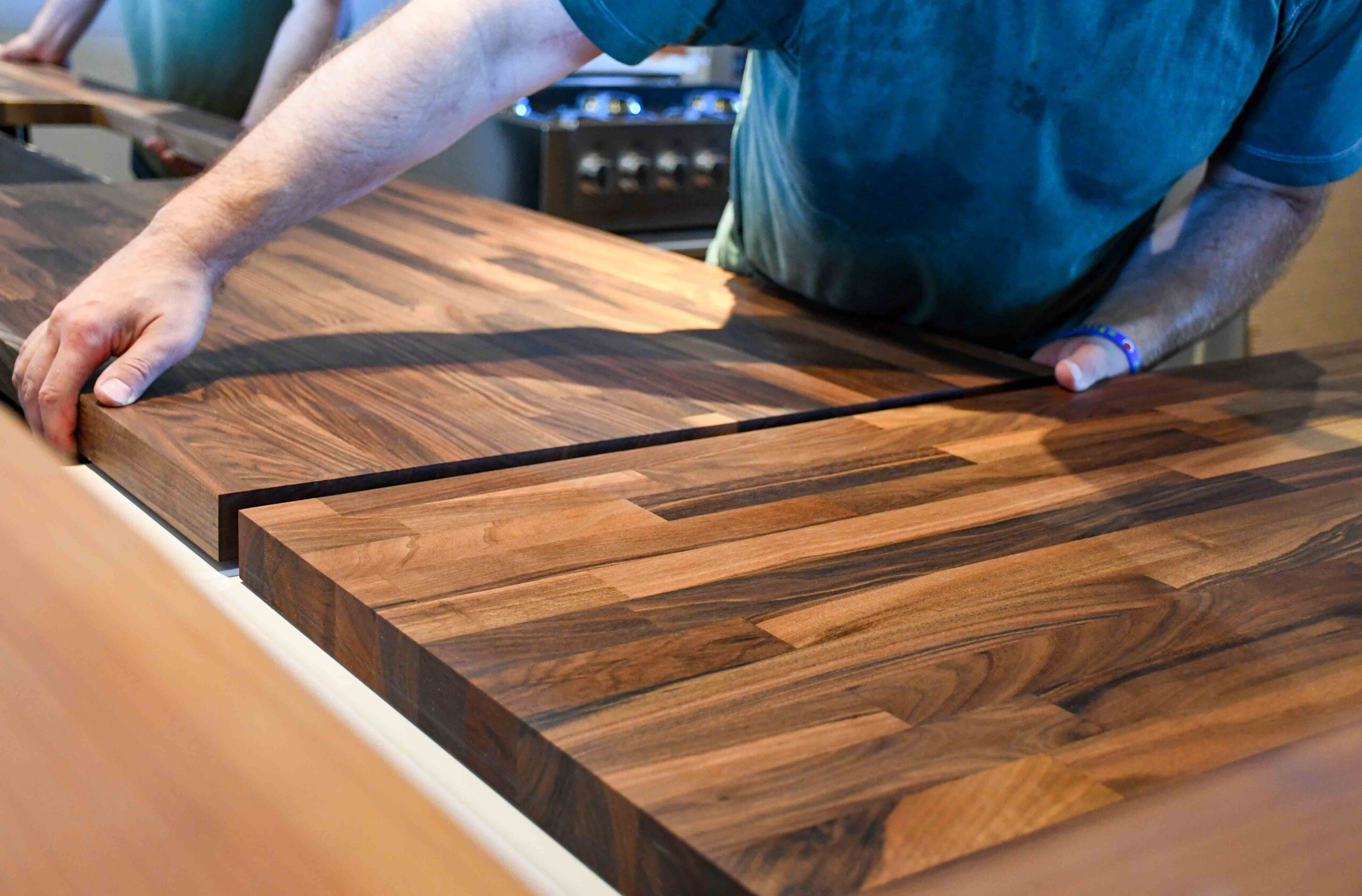 An American timber business owner who supports Donald Trump is grappling with unsold inventory and shrinking cash flow due to the ongoing trade war, as Washington’s punitive tariffs weigh heavily on his operations and push him to seek alternatives to the Chinese market. Brandon Arbogast, the owner of Valley Log Sales in Timberville, Virginia, has spent decades in the lumber industry, exporting premium Virginia timber, primarily to China. …Sitting on 120,000 to 130,000 U.S. dollars’ worth of unsold wood, Arbogast is contemplating selling some of his land to maintain cash flow. …As a self-identified Trump supporter, Arbogast is willing to endure the hardship, hoping that a resolution to the trade dispute will eventually bring relief. For now, his premium walnut logs, which are typically transformed into furniture, flooring, and kitchen cabinets, remain idle.
An American timber business owner who supports Donald Trump is grappling with unsold inventory and shrinking cash flow due to the ongoing trade war, as Washington’s punitive tariffs weigh heavily on his operations and push him to seek alternatives to the Chinese market. Brandon Arbogast, the owner of Valley Log Sales in Timberville, Virginia, has spent decades in the lumber industry, exporting premium Virginia timber, primarily to China. …Sitting on 120,000 to 130,000 U.S. dollars’ worth of unsold wood, Arbogast is contemplating selling some of his land to maintain cash flow. …As a self-identified Trump supporter, Arbogast is willing to endure the hardship, hoping that a resolution to the trade dispute will eventually bring relief. For now, his premium walnut logs, which are typically transformed into furniture, flooring, and kitchen cabinets, remain idle.
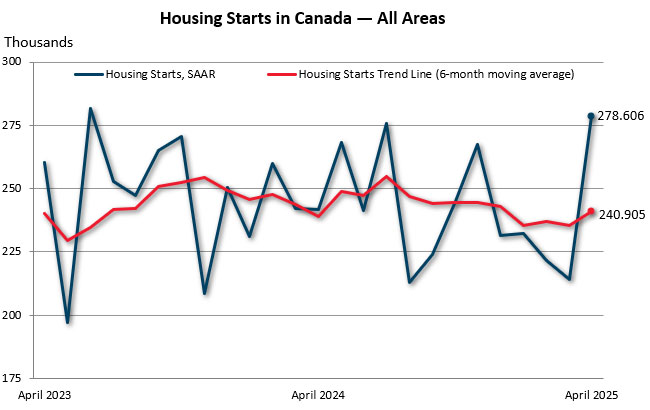
 Tariff discussions about reducing US dependence on foreign goods became a focus for the second Trump administration. …However, the US forest products industry’s reliance on Canadian wood raises questions about eliminating Canadian wood imports entirely. This piece is the second in a two-part series by the Fastmarkets team.
Tariff discussions about reducing US dependence on foreign goods became a focus for the second Trump administration. …However, the US forest products industry’s reliance on Canadian wood raises questions about eliminating Canadian wood imports entirely. This piece is the second in a two-part series by the Fastmarkets team. 
 The downward price slide of recent weeks was unabated across most framing lumber species. Uncertainty surrounding the economy and potential new developments in US trade policy contributed to a cautious market tone. Many traders lamented that they anticipated at least a modest decline in mortgage interest rates by now that has not materialized. With discounts cutting deeper across most species, the Random Lengths Framing Lumber Composite Price tumbled $14. That’s the composite’s first double-digit drop since April 2024. Downward price pressure intensified across the South. …Competitively priced Western S-P-F crept deeper into traditional Southern Pine markets, especially lower grades, which contributed to the downward price pressure on SYP. …Lumber futures settled sharply higher on Thursday after a prolonged downward trend.
The downward price slide of recent weeks was unabated across most framing lumber species. Uncertainty surrounding the economy and potential new developments in US trade policy contributed to a cautious market tone. Many traders lamented that they anticipated at least a modest decline in mortgage interest rates by now that has not materialized. With discounts cutting deeper across most species, the Random Lengths Framing Lumber Composite Price tumbled $14. That’s the composite’s first double-digit drop since April 2024. Downward price pressure intensified across the South. …Competitively priced Western S-P-F crept deeper into traditional Southern Pine markets, especially lower grades, which contributed to the downward price pressure on SYP. …Lumber futures settled sharply higher on Thursday after a prolonged downward trend.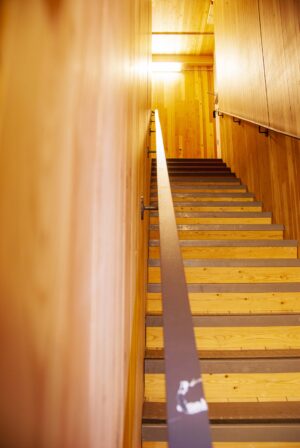 The effects have been felt by building industries in terms of increased costs, disrupted supply chains and economic uncertainty. Last week’s webinar, “Trump’s Tariffs: Transition or Turmoil?… focused on the near-term effects of tariffs, how trade environments have shifted in response, and what the next steps of the Trump Administration might be. …Ari Hawkins, a Politico trade reporter, agreed that the administration is likely looking to the USMCA renegotiations to “really get into the weeds of a lot of these tariff disputes” with Canada. …Hawkins says that further Section 232 investigations could lead to new tariffs in the coming months on a range of products, including semiconductors, lumber and critical minerals. While the administration might make exemptions on materials like lumber before those investigations are completed, Hawkins says, they are still likely to face the Section 232 tariffs as part of the administration’s focus on incentivizing manufacturing and development within the US.
The effects have been felt by building industries in terms of increased costs, disrupted supply chains and economic uncertainty. Last week’s webinar, “Trump’s Tariffs: Transition or Turmoil?… focused on the near-term effects of tariffs, how trade environments have shifted in response, and what the next steps of the Trump Administration might be. …Ari Hawkins, a Politico trade reporter, agreed that the administration is likely looking to the USMCA renegotiations to “really get into the weeds of a lot of these tariff disputes” with Canada. …Hawkins says that further Section 232 investigations could lead to new tariffs in the coming months on a range of products, including semiconductors, lumber and critical minerals. While the administration might make exemptions on materials like lumber before those investigations are completed, Hawkins says, they are still likely to face the Section 232 tariffs as part of the administration’s focus on incentivizing manufacturing and development within the US.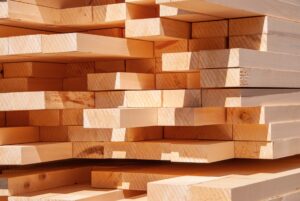 Executives at two of North America’s lumber producers said they are bracing for volatile wood prices this building season before sharply higher US duties on Canadian lumber kick in. Despite President Trump’s threats, his April 2 tariff barrage didn’t hit Canadian lumber. Nonetheless, duties related to a long-running trade dispute are set to more than double later this year. Canfor and Interfor are not sure there won’t also be additional levies tied to Trump’s March 1 order for an investigation into the national security threat of imported wood. …Canfor’s Susan Yurkovich said “Either people won’t be able to access their products and there’ll be a slowdown… or there will be a price response, which also, of course, will have an impact on affordability.” …Interfor’s Bart Bender said he expects volatile pricing this spring and summer while sawmills figure out what sort of increases buyers will bear. [to access the full story a WSJ subscription is required]
Executives at two of North America’s lumber producers said they are bracing for volatile wood prices this building season before sharply higher US duties on Canadian lumber kick in. Despite President Trump’s threats, his April 2 tariff barrage didn’t hit Canadian lumber. Nonetheless, duties related to a long-running trade dispute are set to more than double later this year. Canfor and Interfor are not sure there won’t also be additional levies tied to Trump’s March 1 order for an investigation into the national security threat of imported wood. …Canfor’s Susan Yurkovich said “Either people won’t be able to access their products and there’ll be a slowdown… or there will be a price response, which also, of course, will have an impact on affordability.” …Interfor’s Bart Bender said he expects volatile pricing this spring and summer while sawmills figure out what sort of increases buyers will bear. [to access the full story a WSJ subscription is required] VANCOUVER, BC — Conifex Timber reported results for the first quarter ended March 31, 2025. EBITDA was $4.9 million for the quarter compared to EBITDA of negative $2.1 million in the fourth quarter of 2024 and negative $0.5 million in the first quarter of 2024. Net income was $0.6 million for the quarter versus net loss of $7.8 million in the previous quarter and negative $4.5 million in the first quarter of 2024. …lumber production in the first quarter of 2025 totalled approximately 46.3 million board feet, representing operating rates of approximately 77% of annualized capacity. …Power Plant sold 47.6 GWh of electricity under our EPA with BC Hydro in the first quarter of 2025 representing approximately 88% of targeted operating rates.
VANCOUVER, BC — Conifex Timber reported results for the first quarter ended March 31, 2025. EBITDA was $4.9 million for the quarter compared to EBITDA of negative $2.1 million in the fourth quarter of 2024 and negative $0.5 million in the first quarter of 2024. Net income was $0.6 million for the quarter versus net loss of $7.8 million in the previous quarter and negative $4.5 million in the first quarter of 2024. …lumber production in the first quarter of 2025 totalled approximately 46.3 million board feet, representing operating rates of approximately 77% of annualized capacity. …Power Plant sold 47.6 GWh of electricity under our EPA with BC Hydro in the first quarter of 2025 representing approximately 88% of targeted operating rates.  The United States has officially lost its perfect credit rating. On Friday, Moody’s, for the first time in its history, downgraded U.S. government bonds from the gold star rating of “AAA” to “AA1,” the silver medal equivalent. This wasn’t a total surprise. S&P and Fitch had already lowered the U.S. rating, so this was Moody’s catching up to the crowd. But make no mistake: Moody’s didn’t just pick a random Friday in May to make this move. Moody’s wanted to send a message to Republicans in Congress: Rethink the tax bill. Or, better yet, don’t do it. …The Republicans’ bill would add at least $3.3 trillion to the debt over the next decade. …Moody’s cited concern over how big the U.S. debt already is (more than $36 trillion) and how Congress has taken almost no action to stop the annual deficits that keep adding to that tab. [to access the full story a Washington Post subscription is required]
The United States has officially lost its perfect credit rating. On Friday, Moody’s, for the first time in its history, downgraded U.S. government bonds from the gold star rating of “AAA” to “AA1,” the silver medal equivalent. This wasn’t a total surprise. S&P and Fitch had already lowered the U.S. rating, so this was Moody’s catching up to the crowd. But make no mistake: Moody’s didn’t just pick a random Friday in May to make this move. Moody’s wanted to send a message to Republicans in Congress: Rethink the tax bill. Or, better yet, don’t do it. …The Republicans’ bill would add at least $3.3 trillion to the debt over the next decade. …Moody’s cited concern over how big the U.S. debt already is (more than $36 trillion) and how Congress has taken almost no action to stop the annual deficits that keep adding to that tab. [to access the full story a Washington Post subscription is required] While the Commerce Department released a report on Friday showing a rebound by new residential construction in the U.S. in the month of April, the report also showed a substantial pullback by building permits during the month. The Commerce Department said housing starts shot up by 1.6 percent to an annual rate of 1.361 million in April after plummeting by 10.1 percent to a revised rate of 1.339 million in March. However, economists had expected housing starts to surge by 3.5 percent to a rate of 1.370 million from the 1.324 million originally reported for the previous month. “Soft housing starts in April are another sign that builders are hitting the brakes this year in response to high uncertainty for costs and future demand,” writes Nationwide Senior Economist Ben Ayers. …The smaller than expected rebound by housing starts came as a sharp increase by multi-family starts was partly offset by a continued slump by single-family starts.
While the Commerce Department released a report on Friday showing a rebound by new residential construction in the U.S. in the month of April, the report also showed a substantial pullback by building permits during the month. The Commerce Department said housing starts shot up by 1.6 percent to an annual rate of 1.361 million in April after plummeting by 10.1 percent to a revised rate of 1.339 million in March. However, economists had expected housing starts to surge by 3.5 percent to a rate of 1.370 million from the 1.324 million originally reported for the previous month. “Soft housing starts in April are another sign that builders are hitting the brakes this year in response to high uncertainty for costs and future demand,” writes Nationwide Senior Economist Ben Ayers. …The smaller than expected rebound by housing starts came as a sharp increase by multi-family starts was partly offset by a continued slump by single-family starts. Builder confidence fell sharply in May on growing uncertainties stemming from elevated interest rates, tariff concerns, building material cost uncertainty and the cloudy economic outlook. However, 90% of the responses received in May were tabulated prior to the May 12 announcement that the US and China agreed to slash tariffs for 90 days to allow trade talks to continue. Builder confidence in the market for newly built single-family homes was 34 in May, down six points from April, according to the NAHB/Wells Fargo Housing Market Index (HMI). This ties the November 2023 reading and is the lowest since the index hit 31 in December 2022. …All three of the major HMI indices posted losses in May. The HMI index gauging current sales conditions fell eight points in May to a level of 37, the component measuring sales expectations in the next six months edged one-point lower to 42 while the gauge charting traffic of prospective buyers dropped two points to 23.
Builder confidence fell sharply in May on growing uncertainties stemming from elevated interest rates, tariff concerns, building material cost uncertainty and the cloudy economic outlook. However, 90% of the responses received in May were tabulated prior to the May 12 announcement that the US and China agreed to slash tariffs for 90 days to allow trade talks to continue. Builder confidence in the market for newly built single-family homes was 34 in May, down six points from April, according to the NAHB/Wells Fargo Housing Market Index (HMI). This ties the November 2023 reading and is the lowest since the index hit 31 in December 2022. …All three of the major HMI indices posted losses in May. The HMI index gauging current sales conditions fell eight points in May to a level of 37, the component measuring sales expectations in the next six months edged one-point lower to 42 while the gauge charting traffic of prospective buyers dropped two points to 23.
 The Producer Price Index declined 0.5% in April, according to data released Thursday by the US Bureau of Labor Statistics. However, of the 10 key commodities in the hardware and building supply space tracked below, only two (millwork and plywood) index lower compared to a year ago. And only one (plywood) declined from March to April. The softwood lumber index increased 8.6% year-over-year. A month ago, the increase was 12.6%. …Construction input prices decreased 0.1% in April compared to the previous month. Nonresidential construction input prices increased 0.2% for the month. “Construction input prices declined in April, but that was largely due to falling energy prices,” said ABC Chief Economist Anirban Basu. “Materials directly affected by tariffs saw sharp price increases for the month. Steel mill product prices, for instance, rose 5.9%, while copper wire and cable prices increased 5.0%.
The Producer Price Index declined 0.5% in April, according to data released Thursday by the US Bureau of Labor Statistics. However, of the 10 key commodities in the hardware and building supply space tracked below, only two (millwork and plywood) index lower compared to a year ago. And only one (plywood) declined from March to April. The softwood lumber index increased 8.6% year-over-year. A month ago, the increase was 12.6%. …Construction input prices decreased 0.1% in April compared to the previous month. Nonresidential construction input prices increased 0.2% for the month. “Construction input prices declined in April, but that was largely due to falling energy prices,” said ABC Chief Economist Anirban Basu. “Materials directly affected by tariffs saw sharp price increases for the month. Steel mill product prices, for instance, rose 5.9%, while copper wire and cable prices increased 5.0%.
 Inflation was slightly lower than expected in April as President Trump’s tariffs just began hitting the slowing US economy, according to a Labor Department report Tuesday. The consumer price index, which measures the costs for a broad range of goods and services, rose a seasonally adjusted 0.2% for the month, putting the 12-month inflation rate at 2.3%, its lowest since February 2021. The monthly reading was in line with the Dow Jones consensus estimate while the 12-month was a bit below the forecast for 2.4%. Markets reacted little to the news, with stock futures pointing flat to slightly lower and Treasury yields mixed. ″“Good news on inflation, and we need it given inflation shocks from tariffs are on their way,” said Robert Frick, at Navy Federal Credit Union. …Shelter prices again were the main culprit in pushing up the inflation gauge.
Inflation was slightly lower than expected in April as President Trump’s tariffs just began hitting the slowing US economy, according to a Labor Department report Tuesday. The consumer price index, which measures the costs for a broad range of goods and services, rose a seasonally adjusted 0.2% for the month, putting the 12-month inflation rate at 2.3%, its lowest since February 2021. The monthly reading was in line with the Dow Jones consensus estimate while the 12-month was a bit below the forecast for 2.4%. Markets reacted little to the news, with stock futures pointing flat to slightly lower and Treasury yields mixed. ″“Good news on inflation, and we need it given inflation shocks from tariffs are on their way,” said Robert Frick, at Navy Federal Credit Union. …Shelter prices again were the main culprit in pushing up the inflation gauge. 
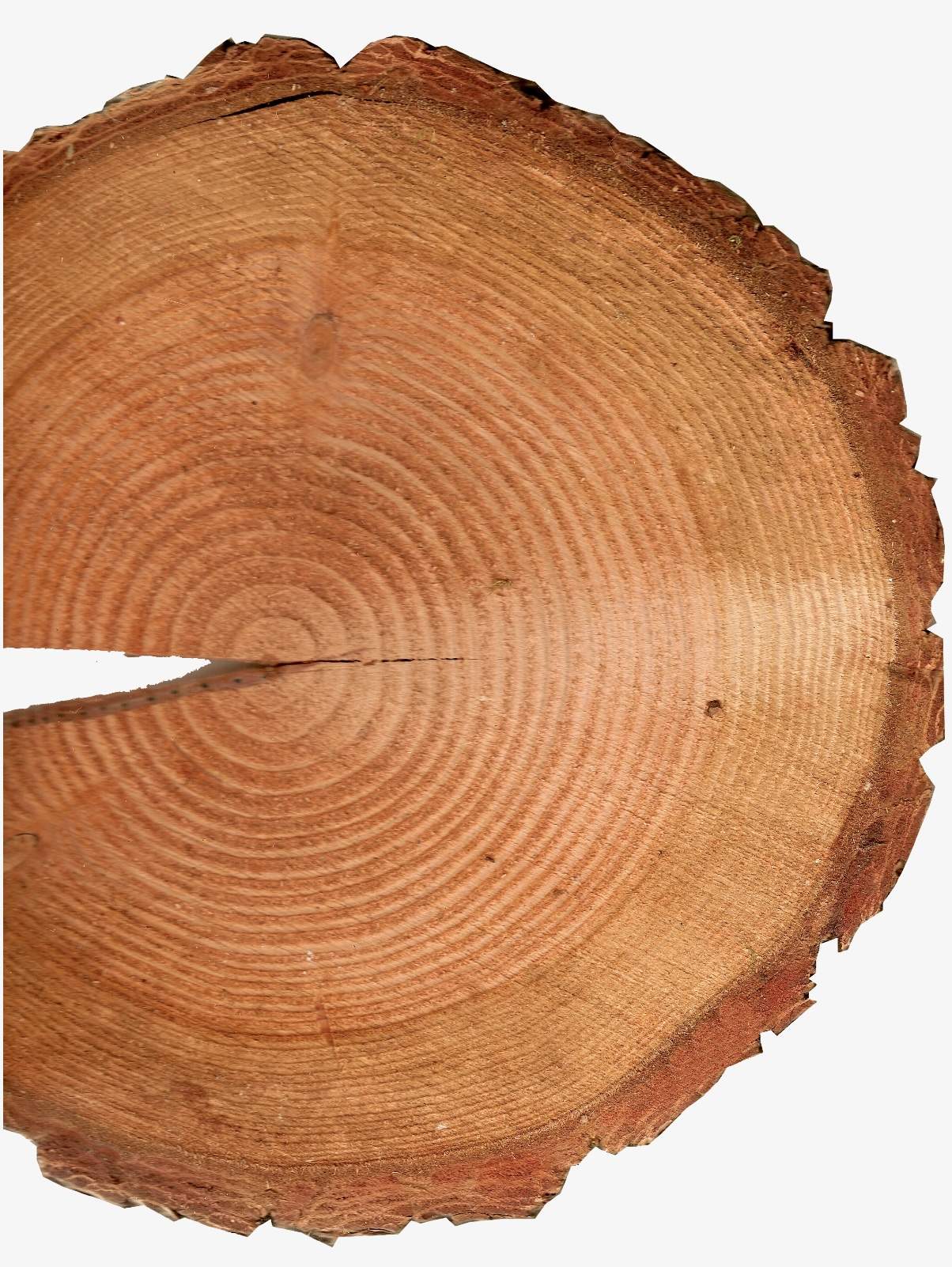 A metro Atlanta nonprofit is teaming up with college students to find the exact age of historic buildings using a unique area of study. While historical documents may say a building was constructed in a certain year, the wood used to create the structure could tell us a different story. Cobb Landmarks is using dendrochronology — the study of tree rings — to pinpoint when wood for metro Atlanta buildings was harvested for construction. Trevor Beemon, Cobb Landmarks’ executive director, said they are partnering with University of West Georgia students who, under the guidance of two professors, will take 12 to 15 samples from structures around metro Atlanta. …The partnership is “really the one chance” South Downtown has to learn about these buildings before they are redeveloped, Capps said.
A metro Atlanta nonprofit is teaming up with college students to find the exact age of historic buildings using a unique area of study. While historical documents may say a building was constructed in a certain year, the wood used to create the structure could tell us a different story. Cobb Landmarks is using dendrochronology — the study of tree rings — to pinpoint when wood for metro Atlanta buildings was harvested for construction. Trevor Beemon, Cobb Landmarks’ executive director, said they are partnering with University of West Georgia students who, under the guidance of two professors, will take 12 to 15 samples from structures around metro Atlanta. …The partnership is “really the one chance” South Downtown has to learn about these buildings before they are redeveloped, Capps said. 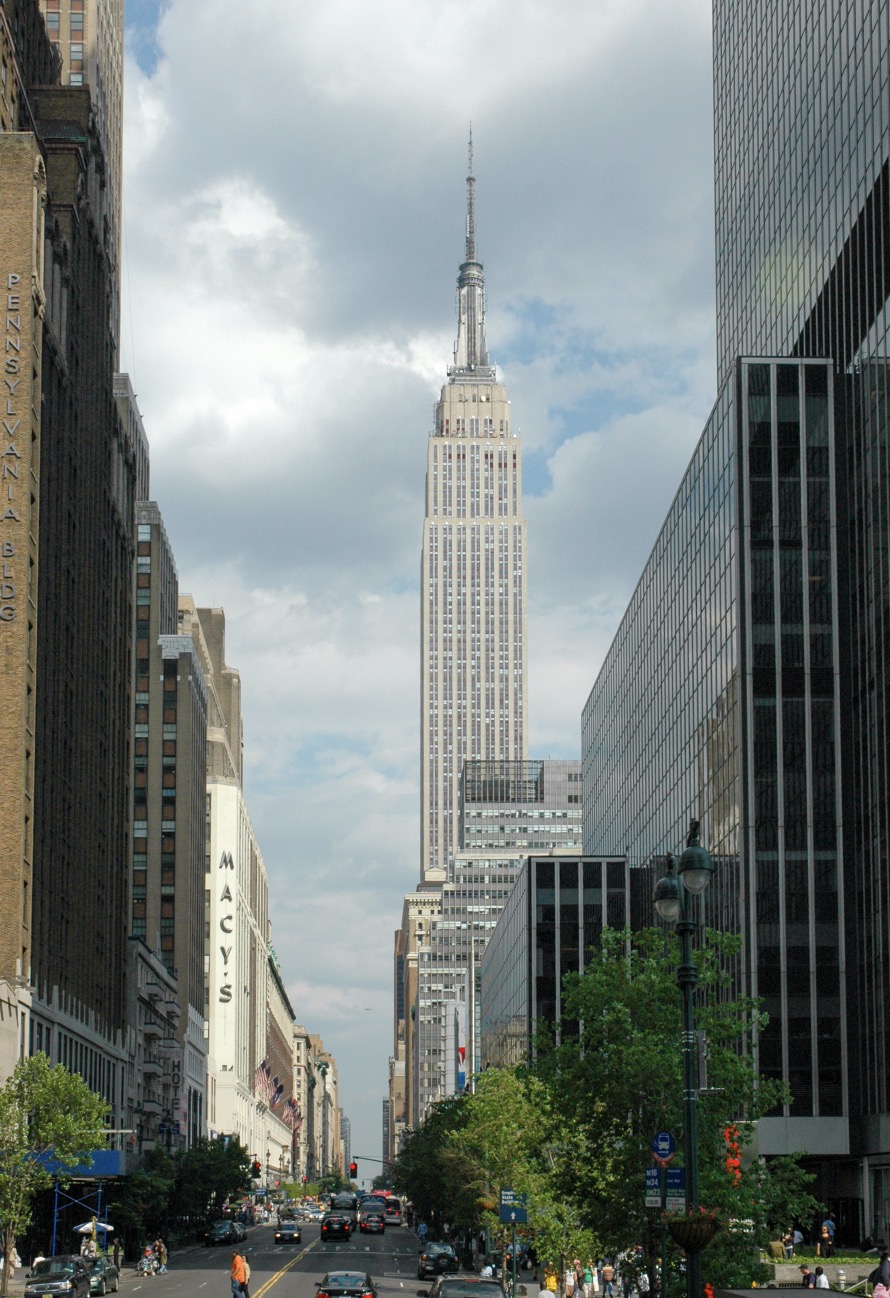 New York City Mayor Eric Adams and New York City Economic Development Corporation’s Andrew Kimball announced that Artimus and Phoenix Realty Group have been selected to build over 500 new mixed-income housing units along the waterfront on the north shore of Staten Island, with a quarter of the new units set aside for affordable housing. The development will be the largest mass timber residential project in New York City… advancing commitments in Mayor Adams’ “Green Economy Action Plan,” a roadmap to grow the city’s green economy, invests in jobs and sectors that help the city combat climate change, and positions New Yorkers to benefit from the nearly 400,000 projected “green-collar” jobs in New York City by 2040. Mayor Adams… “We are not only building the affordable homes New Yorkers need but using sustainable materials to reduce our carbon footprint and help turn New York City’s waterways into the ‘Harbor of the Future.’”
New York City Mayor Eric Adams and New York City Economic Development Corporation’s Andrew Kimball announced that Artimus and Phoenix Realty Group have been selected to build over 500 new mixed-income housing units along the waterfront on the north shore of Staten Island, with a quarter of the new units set aside for affordable housing. The development will be the largest mass timber residential project in New York City… advancing commitments in Mayor Adams’ “Green Economy Action Plan,” a roadmap to grow the city’s green economy, invests in jobs and sectors that help the city combat climate change, and positions New Yorkers to benefit from the nearly 400,000 projected “green-collar” jobs in New York City by 2040. Mayor Adams… “We are not only building the affordable homes New Yorkers need but using sustainable materials to reduce our carbon footprint and help turn New York City’s waterways into the ‘Harbor of the Future.’”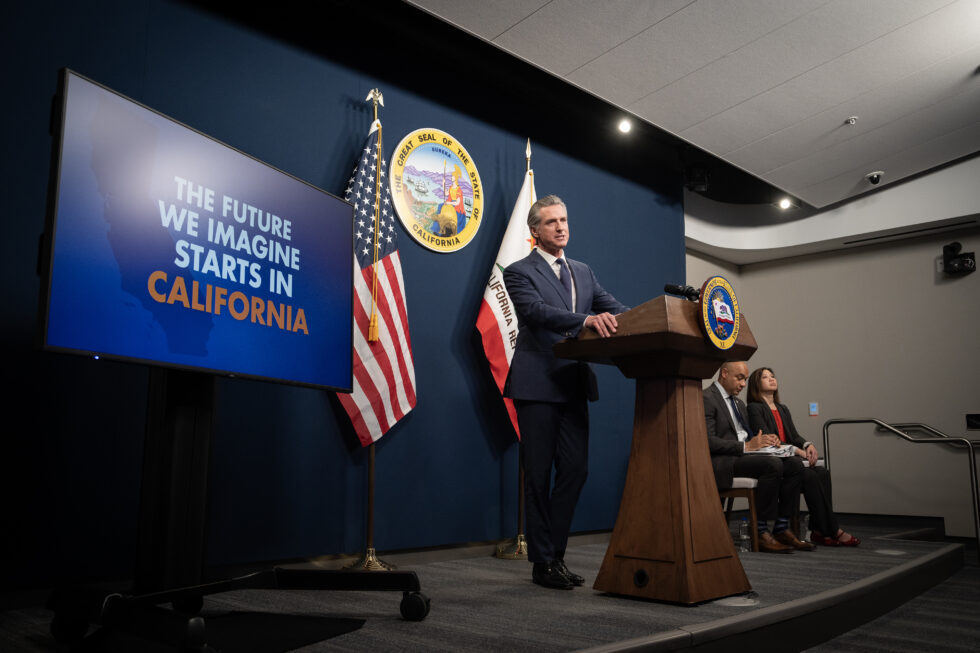

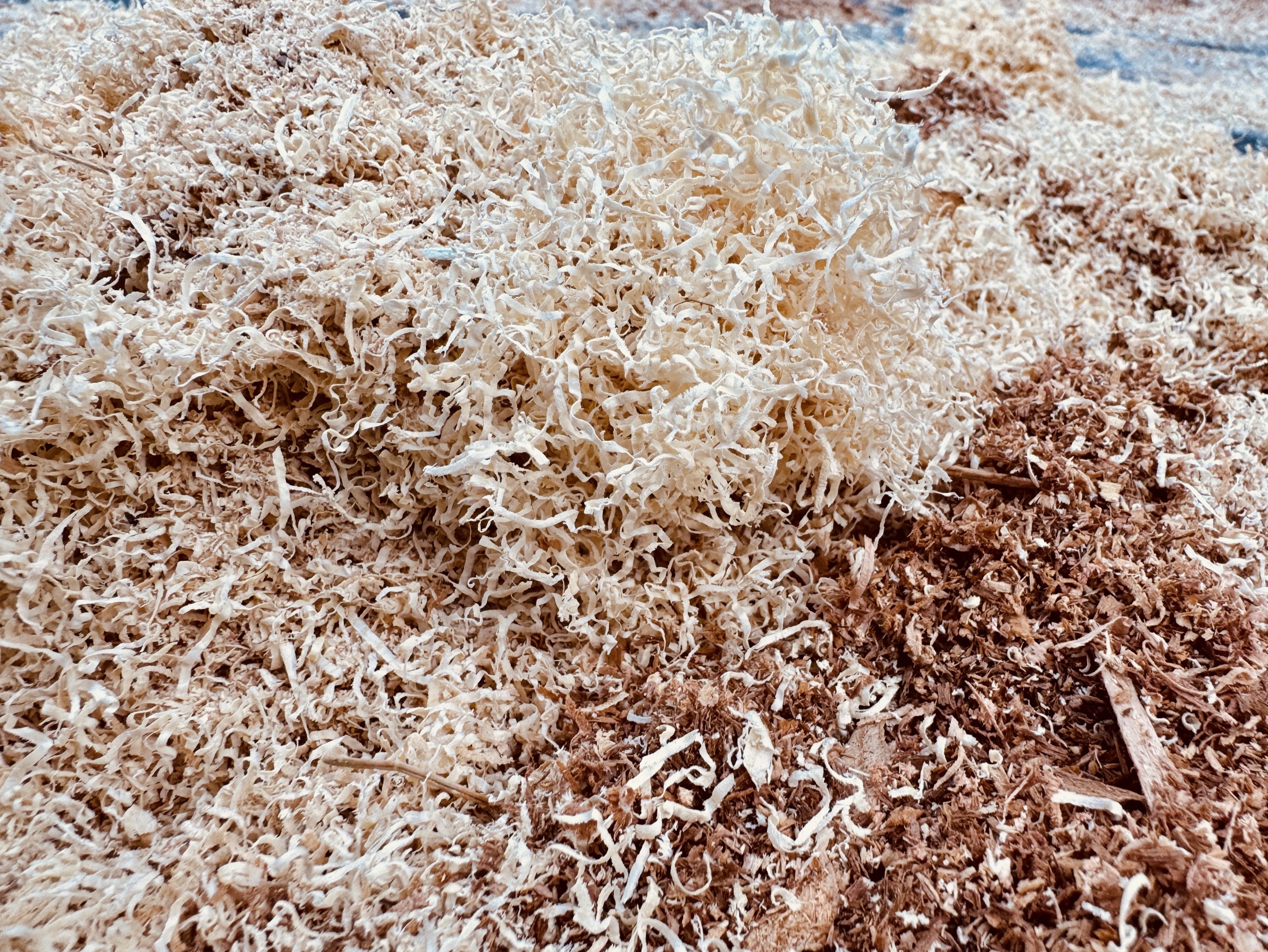 For the past 10 years, the National Fire Protection Association (NFPA) has been working to consolidate several industry-specific standards for combustible dust. In December 2024, the NFPA completed its goal by issuing “NFPA 660–Standard for Combustible Dusts and Particulate Solids.” This new standard combines six existing standards, including NFPA 61 (agricultural dust) and NFPA 664 (wood dust), into a single standard that covers all industries where combustible dust and particulates are generated, used and handled. Building permitting authorities, code enforcers and fire agencies use the NFPA standards to establish the basis of design and operation for new and existing industrial sites, so it’s important for pellet mill owners and operators to be aware of NFPA requirements, especially for new projects and plant modifications. NFPA 660 covers both administrative and engineering requirements at facilities with combustible dust, and its goal is to minimize fires and explosions, help companies maintain business continuity, and, most importantly, protect workers and the public.
For the past 10 years, the National Fire Protection Association (NFPA) has been working to consolidate several industry-specific standards for combustible dust. In December 2024, the NFPA completed its goal by issuing “NFPA 660–Standard for Combustible Dusts and Particulate Solids.” This new standard combines six existing standards, including NFPA 61 (agricultural dust) and NFPA 664 (wood dust), into a single standard that covers all industries where combustible dust and particulates are generated, used and handled. Building permitting authorities, code enforcers and fire agencies use the NFPA standards to establish the basis of design and operation for new and existing industrial sites, so it’s important for pellet mill owners and operators to be aware of NFPA requirements, especially for new projects and plant modifications. NFPA 660 covers both administrative and engineering requirements at facilities with combustible dust, and its goal is to minimize fires and explosions, help companies maintain business continuity, and, most importantly, protect workers and the public. Quebec’s forest fire prevention agency says it is sending reinforcements to Ontario and Saskatchewan to help teams fight several forest and brush fires. Two CL-415 firefighting aircraft and their crews will head to Dryden, Ont., while two other of the same aircraft will head to Meadow Lake, Sask. Quebec’s forest fire prevention agency, known as SOPFEU, says the teams departed Sunday from Quebec City. The agency says the current situation in Quebec allows for resources to head to other provinces. In Ontario, there were six active fires burning across the province shortly before noon Sunday, including one in Haliburton, located about 170 km north of Oshawa, according to the Ministry of Natural Resources’ interactive map. The Saskatchewan Ministry of Public Safety map showed there were 18 active wildfires burning Sunday, for a total of 142 fires since the season began on April 1. There were 19 active fires burning in Saskatchewan on Saturday.
Quebec’s forest fire prevention agency says it is sending reinforcements to Ontario and Saskatchewan to help teams fight several forest and brush fires. Two CL-415 firefighting aircraft and their crews will head to Dryden, Ont., while two other of the same aircraft will head to Meadow Lake, Sask. Quebec’s forest fire prevention agency, known as SOPFEU, says the teams departed Sunday from Quebec City. The agency says the current situation in Quebec allows for resources to head to other provinces. In Ontario, there were six active fires burning across the province shortly before noon Sunday, including one in Haliburton, located about 170 km north of Oshawa, according to the Ministry of Natural Resources’ interactive map. The Saskatchewan Ministry of Public Safety map showed there were 18 active wildfires burning Sunday, for a total of 142 fires since the season began on April 1. There were 19 active fires burning in Saskatchewan on Saturday.